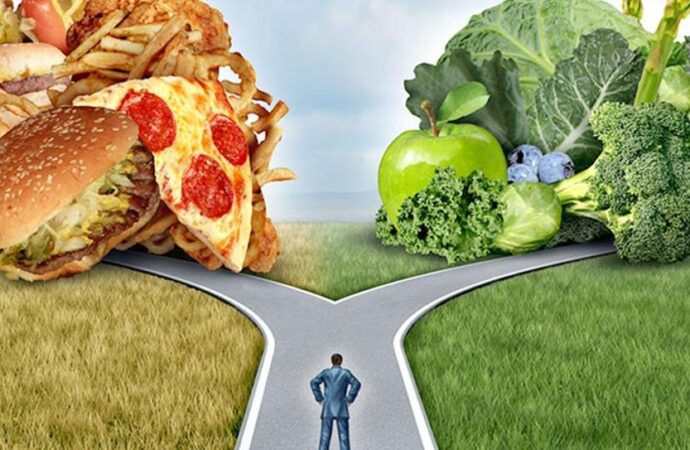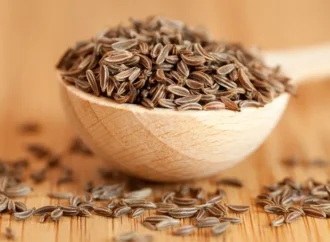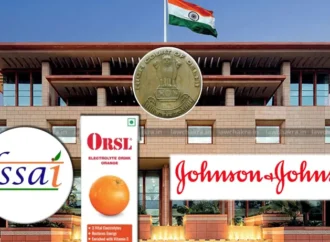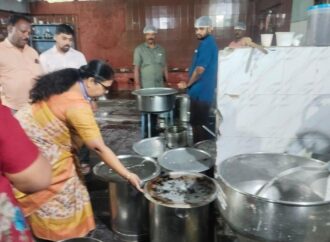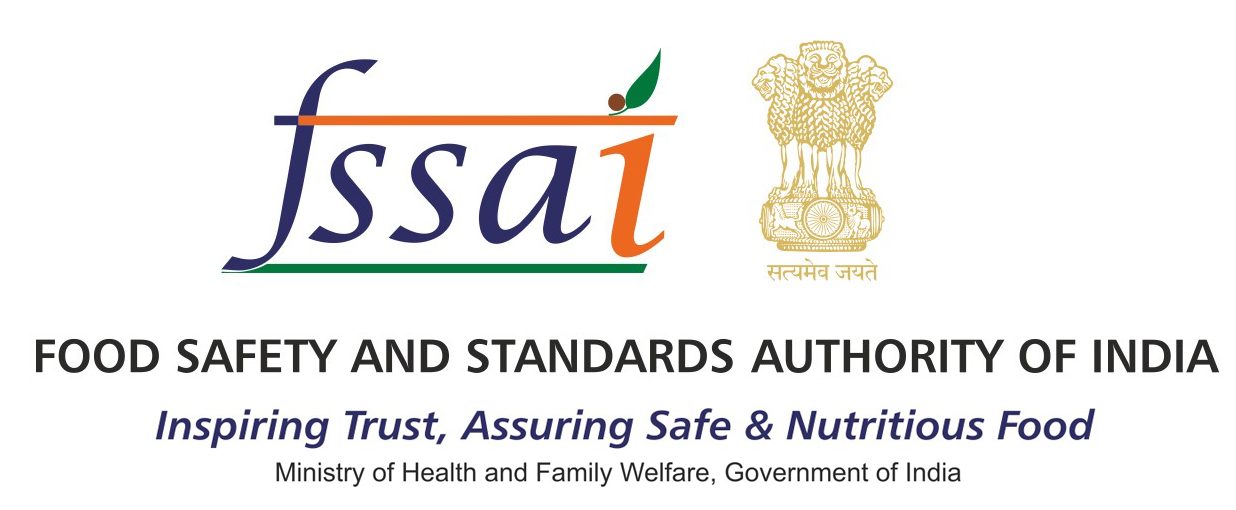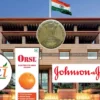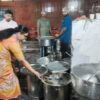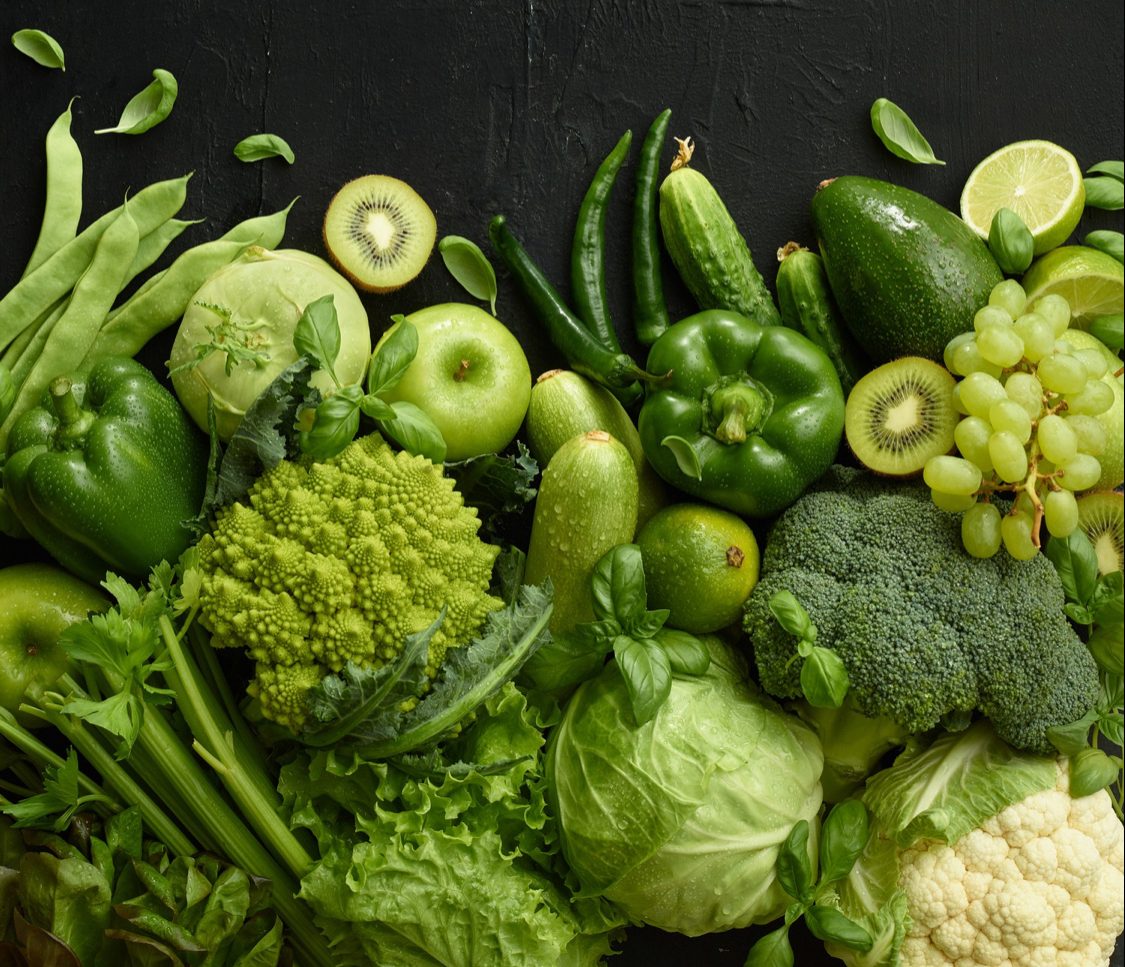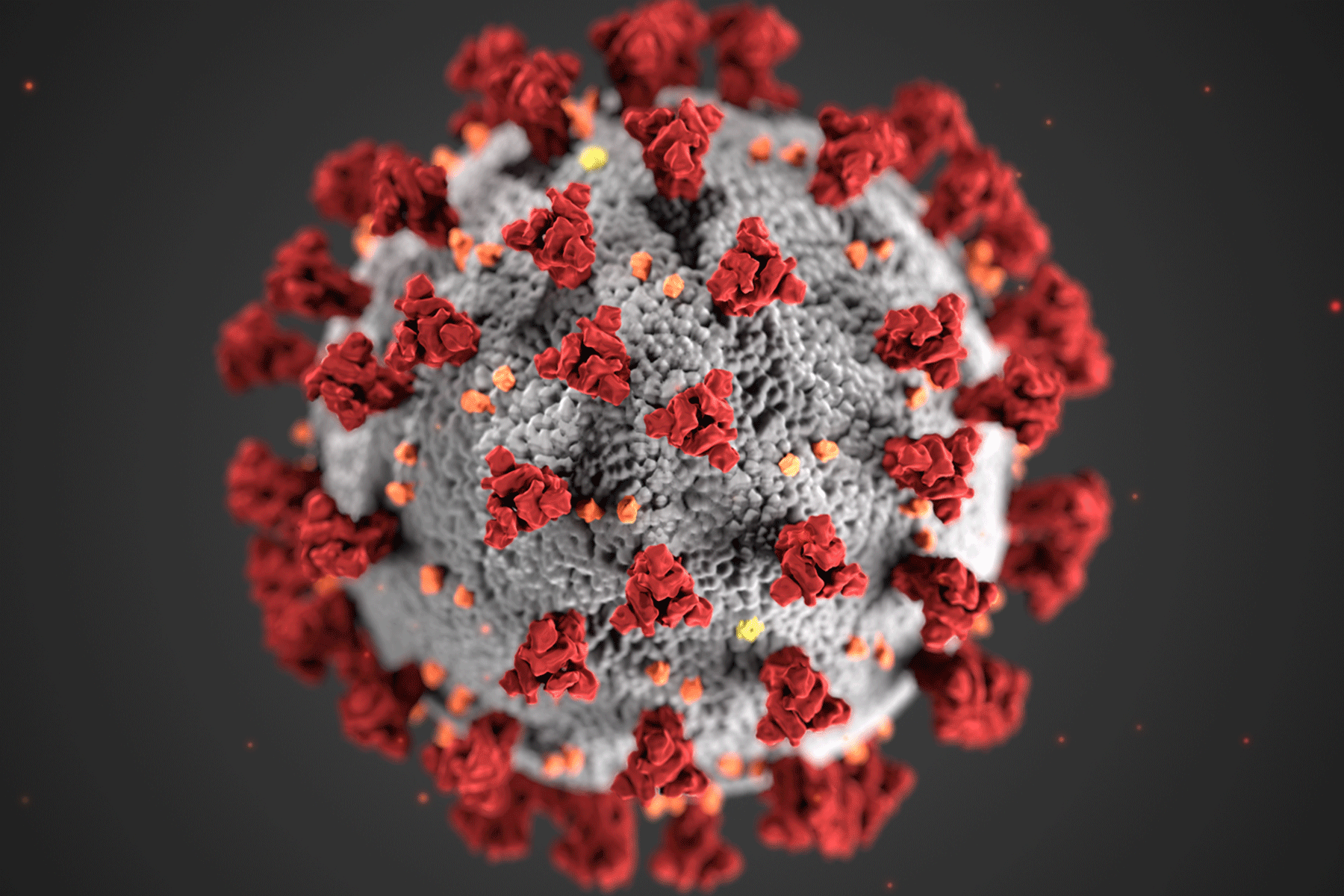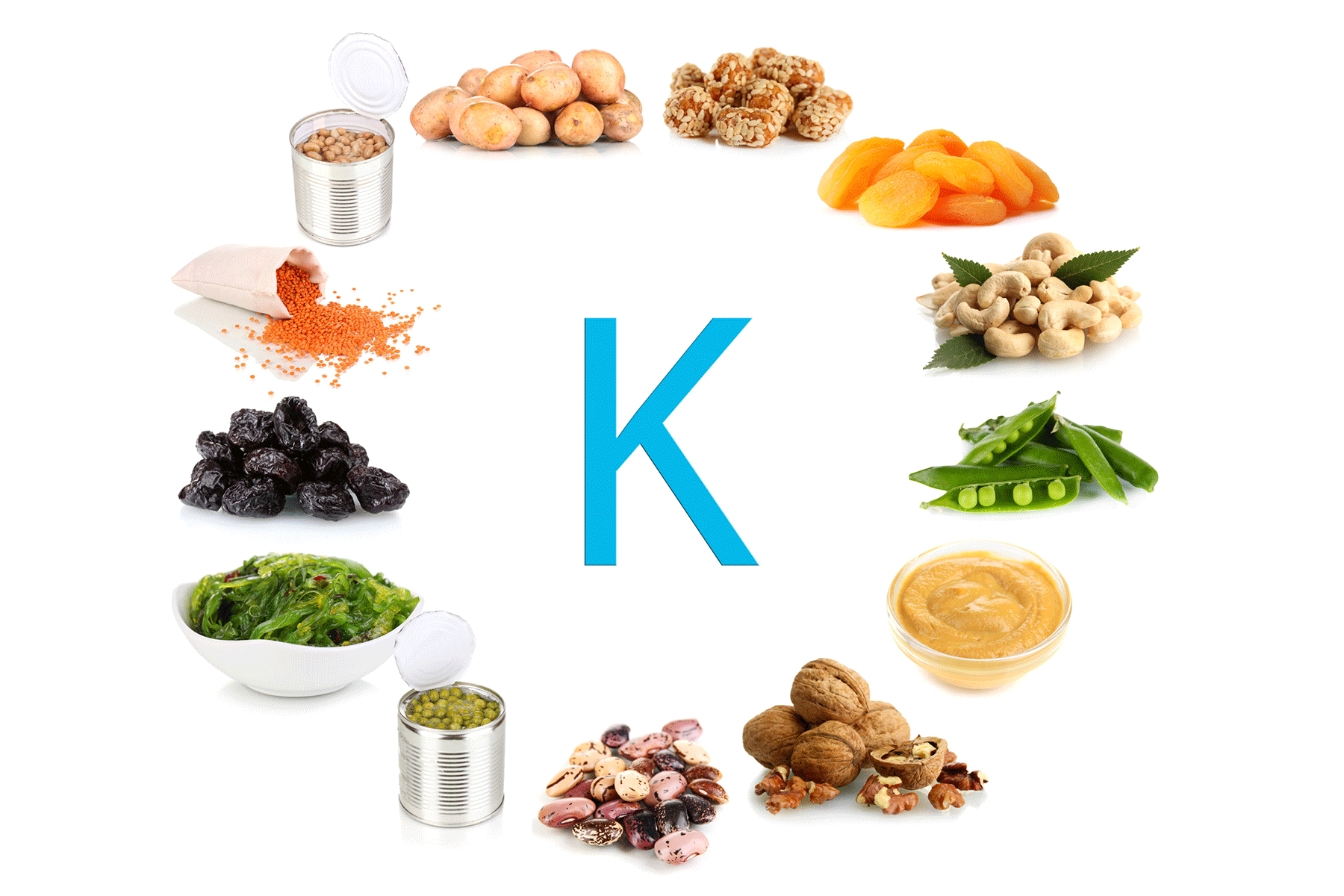In India, healthy eating remains out of reach for many due to the high cost of nutritious foods. While junk food and processed snacks are cheap and widely available, fresh produce, lean proteins, and other wholesome foods are often unaffordable. This growing price gap, coupled with low-income levels, makes it difficult for a large portion of the population to maintain a balanced diet. Understanding why healthy food is expensive and exploring practical solutions to make it more accessible is essential for improving public health and ensuring that nutritious food is available to all Indians, regardless of their income.
The EAT-Lancet Report: A Reflection on India’s Diet
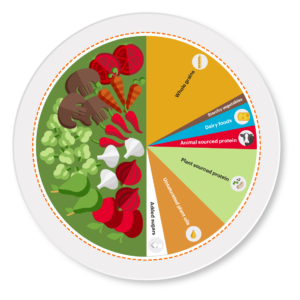
The 2019 EAT-Lancet report recommended a plant-based, nutrient-rich diet for health and sustainability. However, when applied to India, affordability remains a significant concern. According to the report, a healthy diet would cost ₹34 per person per day (based on 2011 prices), which is unaffordable for many Indians.
- 39% of Indians cannot afford the EAT-Lancet recommended diet.
- 74% of Indians, according to the United Nations FAO, cannot afford a nutritious diet.
These statistics highlight the growing problem of food affordability in India, making healthy eating a luxury for many.
The Growing Gap Between Healthy and Unhealthy Foods
The price gap between healthy and unhealthy foods continues to widen. Here’s why this discrepancy exists:
- Processed foods are cheaper: Fast food, junk food, and calorie-dense snacks are heavily marketed and often much cheaper.
- Nutritious foods are costly: Fresh fruits, vegetables, and whole grains are far more expensive, making them unaffordable for many households.
When healthy food costs more than junk food, families, especially those with low incomes, often opt for unhealthy choices. This leads to rising malnutrition, obesity, and diet-related diseases.
Factors Contributing to the High Cost of Healthy Foods
Several factors make healthy eating in India more expensive:
- Supply Chain Challenges: Fresh foods require fast, efficient distribution. Disruptions can drive up prices.
- High Demand for Organic Foods: Foods like quinoa and avocados have become more expensive due to increased demand, making them unaffordable.
- Rising Transportation Costs: The cost of getting fresh produce to markets has risen, further pushing up prices.
These factors combine to make healthy food inaccessible for many, particularly low-income households.
The Impact on Low-Income Families
For low-income households, food takes up a significant portion of their budget:
- 60% of income spent on food: Many families dedicate over 60% of their monthly income to food, limiting their ability to buy nutritious options.
- Limited access to fresh produce: Especially in rural areas, fresh produce is harder to access due to high costs and limited availability.
With few affordable options, families often choose calorie-dense, processed foods that are easy to store and more affordable. These foods lack essential nutrients, contributing to rising health problems.
The Role of Convenience and Marketing
Processed foods have the upper hand due to convenience and heavy marketing:
- Convenience: Ready-to-eat meals and fast food require little preparation and have longer shelf lives, making them appealing to busy families.
- Aggressive Marketing: Fast food and snack brands dominate the market, reinforcing unhealthy food choices.
These factors make it difficult for healthier alternatives to compete in the market, further widening the affordability gap.
How to Make Healthy Eating More Affordable
Despite the high cost, there are ways to make nutritious food more affordable:
- Prioritize Local, Seasonal Foods: By focusing on locally grown foods like millets, lentils, and pulses, families can enjoy affordable, nutrient-rich meals.
- Cook at Home: Preparing meals at home allows control over ingredients and portion sizes, making it possible to eat healthily at a lower cost.
- Community-based Solutions: Local farmers’ markets or community-supported agriculture programs can provide fresh produce at lower prices.
The Government’s Role in Ensuring Food Accessibility
The government can help by implementing the following measures:
- Subsidize Nutritious Foods: Offering subsidies for healthy foods can make them more affordable.
- Improve Distribution Networks: Enhancing supply chains can help reduce transportation costs and make fresh produce more affordable.
- Support Local Agriculture: Encouraging local farming of nutritious foods can help meet demand while keeping costs low.
Key Takeaways
Healthy eating is out of reach for many in India due to the high costs of nutritious foods. The gap between affordable junk food and expensive fresh produce makes it difficult for low-income households to maintain a balanced diet. However, solutions exist: prioritizing locally grown foods, cooking at home, and advocating for government policies to subsidize healthy foods can make nutritious eating more accessible. Through a combination of individual efforts and systemic changes, we can work towards a future where healthy food becomes a basic right for everyone, not just a privilege for the few.
 Food Manifest
Food Manifest 